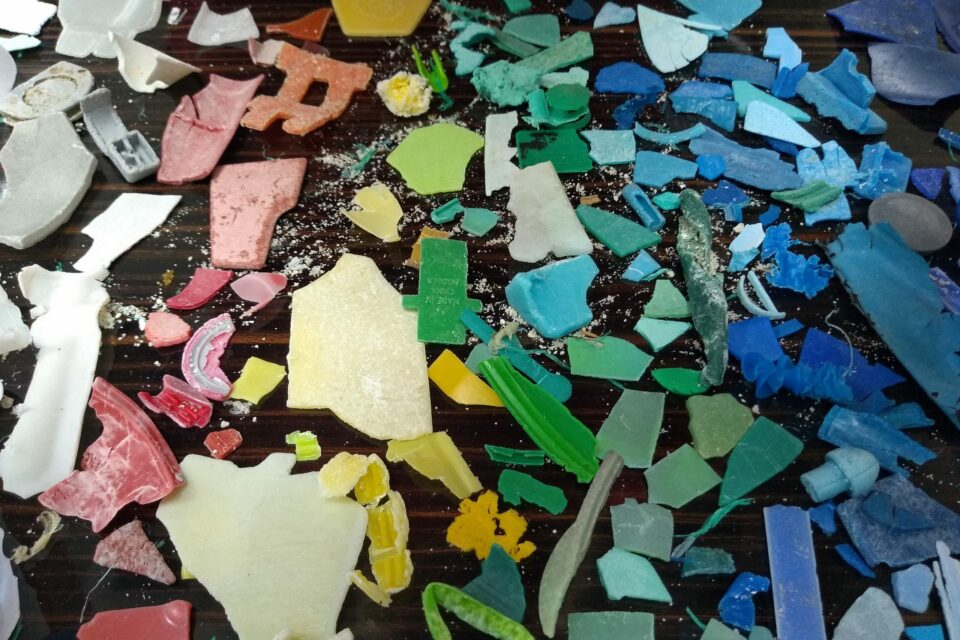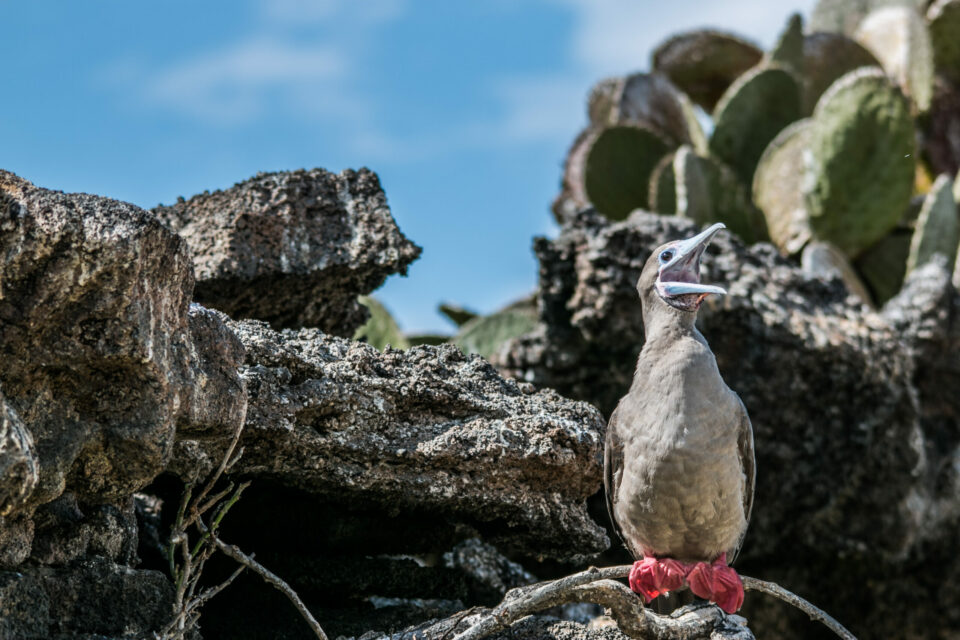

How we’re working towards a Global Plastics Treaty in 2024
GCT is working with partners and government agencies towards securing a Global Plastics Treaty to end the scourge of plastic pollution in Galapagos.
On 2nd March 2022, nearly 200 countries agreed to start negotiations on an international legally binding agreement to ‘end plastic pollution’. Achieving such an ambitious goal means addressing the entire life cycle of plastic, including its production, design and disposal, and world leaders have until 2024 to agree on the treaty, including which elements will be legally binding and how the deal will be financed.
Galapagos Conservation Trust works with various partners through the Pacific Plastics: Science to Solutions (PPSS) network and supports the actions of UK and Ecuadorian government agencies (such as the Ministry of Foreign Affairs and Human Mobility and the Ministry of Environment, Water and Ecological Transition) with the aim of ensuring that the future instrument on plastic pollution brings with it the changes and actions that the world needs.
GCT welcomes the election of Ecuador’s Vice Minister of Foreign Affairs, Ambassador Luis Vayas Valdivieso, as one of the elected Chairs of the Bureau of the Intergovernmental Negotiating Committee (INC) for the future international legally binding instrument on plastic pollution, and we also support Ecuador’s bid to host the signing of the treaty in Galapagos in 2025, since nowhere is more emblematic of what we stand to lose if we don’t act to stem the tide of plastic.

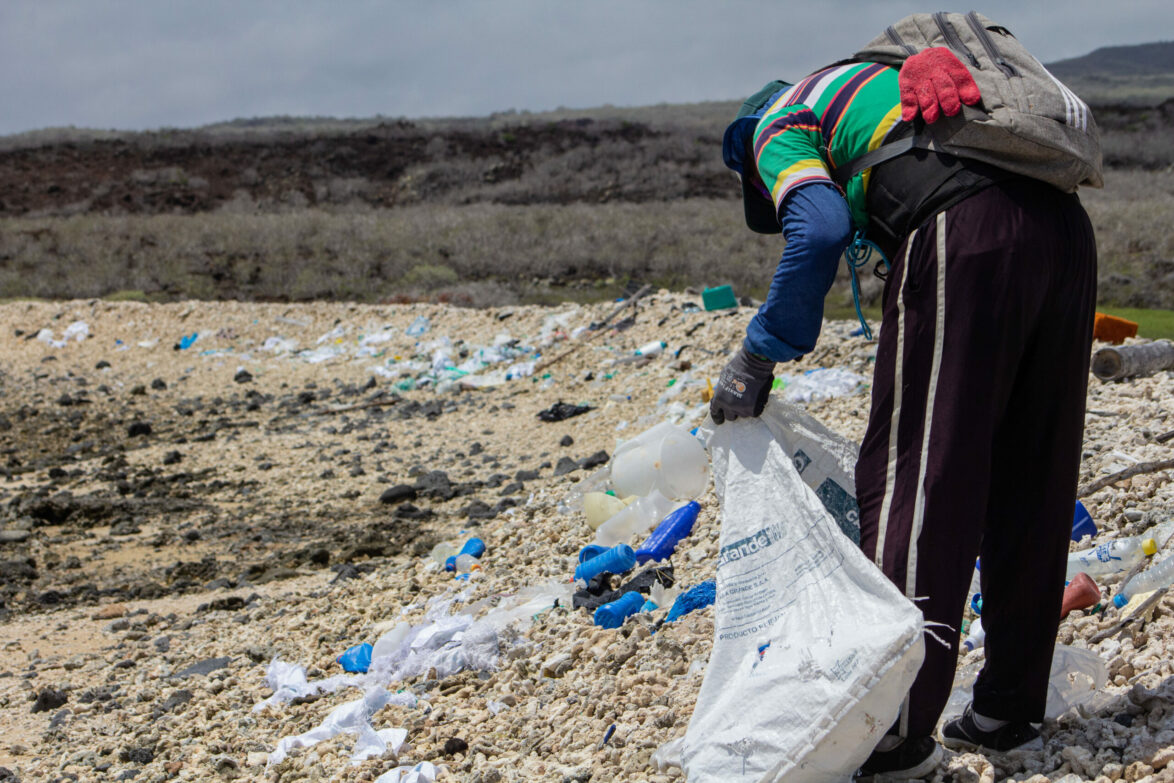
Plastic Pollution Free Galapagos
We are working with partners across the Eastern Pacific to make Galapagos plastic pollution free once again, identifying the sources and impacts of plastic and supporting innovative solutions.
Why do we need a Global Plastics Treaty?
Plastic pollution is a global scourge. We have found microplastics everywhere we have looked for them, from the depths of the Mariana Trench to the top of Mount Everest. It’s estimated that 45% of all plastic used along the Pacific coastline of South and Central America is inadequately managed, leaking 1 million tonnes of plastic each year, and this is predicted to double by 2025 if no action is taken.
While the Galapagos Archipelago remains one of the most pristine ecosystems in the world, sadly it is not immune to the devastating effects of plastic pollution. More than eight tonnes of plastic are removed by the local community from Galapagos beaches every year, and this is just the tip of the iceberg. At least 52 different species have been found to be entangled in plastic, living in affected habitats or having ingested plastic after mistaking it for food.
The problem of plastic pollution doesn’t end with the harm it inflicts on precious endemic species. Plastic is also a climate, health and social justice issue. Most plastic is made from fossil fuels, releasing pollution and climate-altering substances into the environment throughout its lifecycle. Once plastic is in the natural environment, it enters food webs, disrupts socioeconomic activities and accumulates in isolated habitats often far removed from the source of the problem.

45 %
of plastic used on Pacific coast of Latin America inadequately managed
Where is the plastic coming from?
Oceanographic modelling and fieldwork carried out with GCT’s support suggests that the majority of plastic washing up in Galapagos is coming either from the coastlines of mainland Ecuador and Peru, or from international fishing fleets. A study carried out around San Cristobal island in 2018 estimated that less than 2% of the plastic items found on the beaches was likely to have originated locally.
Fishing gear lost at sea, so-called ‘ghost gear’, is a major problem, with loose nets and fishing line continuing to entangle and kill marine life as it drifts through the ocean. Fish aggregating devices (FADs) pose a similar threat, with only an estimated 10% of drifting FADs ever retrieved by the fishing fleets that deploy them. Studies have also shown that general domestic plastic waste is being intentionally disposed of at sea in significant quantities, both within countries’ Exclusive Economic Zones and on the High Seas, in contravention of international maritime law.
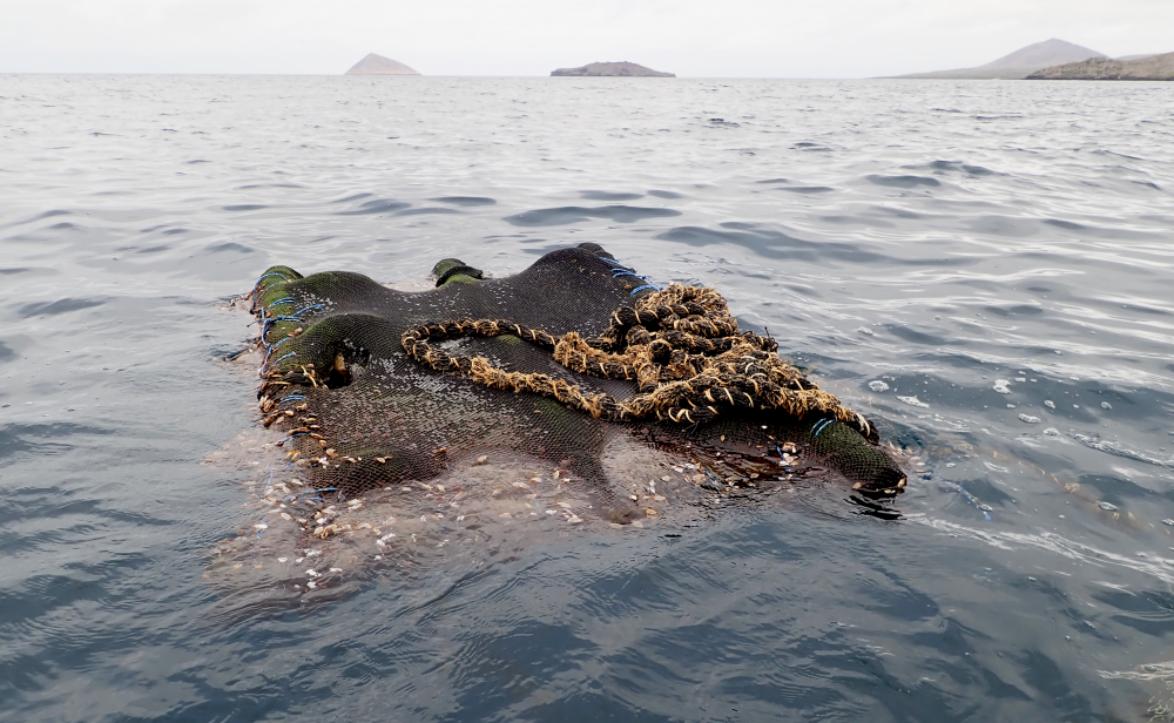
A study carried out around San Cristobal island in 2018 estimated that less than 2% of the plastic items found on the beaches was likely to have originated locally.
What action is GCT calling for?
In early 2023, we submitted our proposals to the INC, setting out the objectives that we, together with our PPSS partners, want the treaty to address. We also set out the measures that we believe are needed to effectively implement the Global Plastics Treaty once it has been agreed.
We believe the treaty should have six primary objectives:
- Enforcing existing international laws on plastic waste management and pollution at sea.
- Accelerating the uptake of circular economy strategies to tackle the problem of macroplastic, microplastic and nanoplastic pollution at source.
- Accelerating the testing and scaling up of the use of non-toxic biopolymers (polymers produced from natural sources) as an alternative to conventional plastics in manufacturing.
- Creating more ‘green’ jobs within a global circular economy for plastics.
- Supporting remote island communities such as Galapagos to cope with the influx of international plastic waste while longer term solutions are in development.
- Protecting biodiversity both in the ocean and on land from the risk of plastic pollution.
How can the UN’s plastics treaty achieve these goals?
To achieve these objectives, we need to see tighter controls on waste management at sea, along with financial incentives for fishing vessels to retrieve ghost gear and other plastic waste such as FADs and return them to shore.
We also need to move the emphasis away from recycling and focus instead on the other ‘R’s of Reduce, Reuse and Repurpose. Manufacturers should design products to prolong their use and help to set up ‘repair cafés’ for consumers.
We would like to see the establishment of National Circular Economy Committees to support the implementation of circular economy policies, and we urgently need to ban single-use plastics, while at the same time promoting accessible alternatives.
The treaty should enforce the ‘polluter pays’ principle to ensure that those responsible for creating plastic pollution are liable for the costs associated with cleaning it up. We also suggest agreeing global targets on reducing plastic pollution that reflect the UN’s Sustainable Development Goals and align with other worldwide environmental initiatives, for example by calling for a 30% reduction in plastic pollution in key locations such as Galapagos by 2030.
And finally, we need to see cooperation and collaboration between governments, local authorities and scientific networks, building on existing initiatives such as the CMAR project that links Ecuador, Colombia, Panama and Costa Rica, and the PPSS network co-ordinated by GCT and the University of Exeter, which brings together scientists, NGOs and businesses working across the Eastern Tropical Pacific to reduce plastic pollution.
...we urgently need to ban single-use plastics, while at the same time promoting accessible alternatives.
Help us turn the tide
When you become a member of Galapagos Conservation Trust, you will be joining an incredible group of people helping to preserve and protect these precious islands and their unique flora and fauna.
Related articles


New research shows that Galapagos giant tortoises are ingesting plastic waste
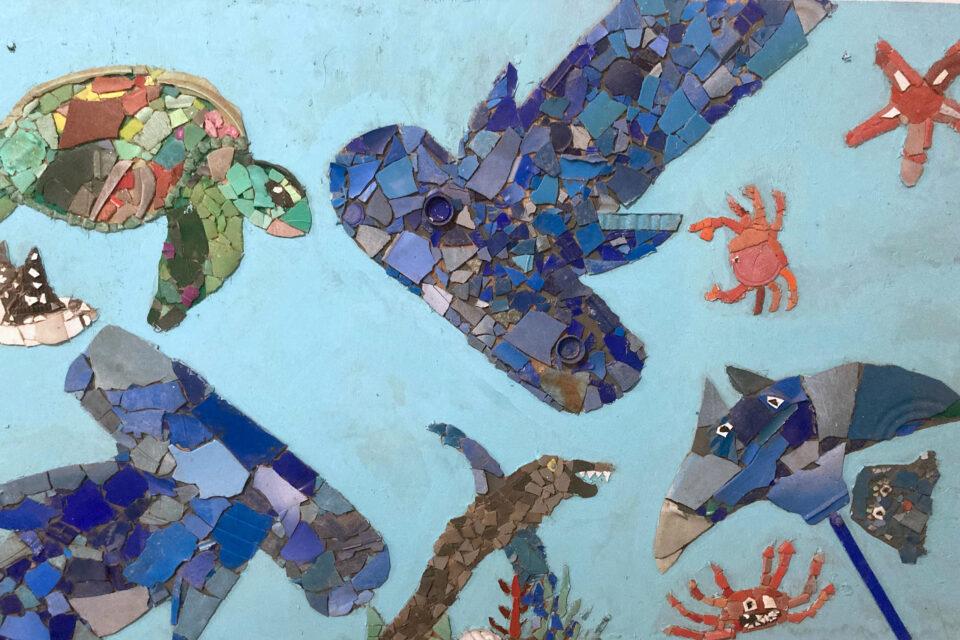
Creating a circular economy for plastics in Galapagos
